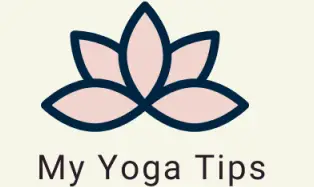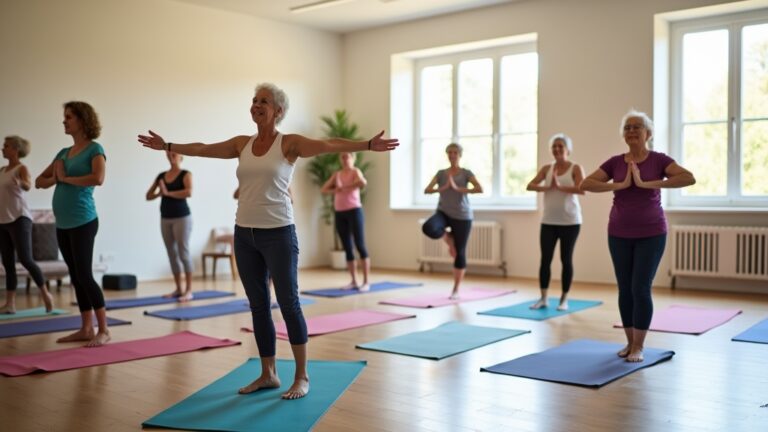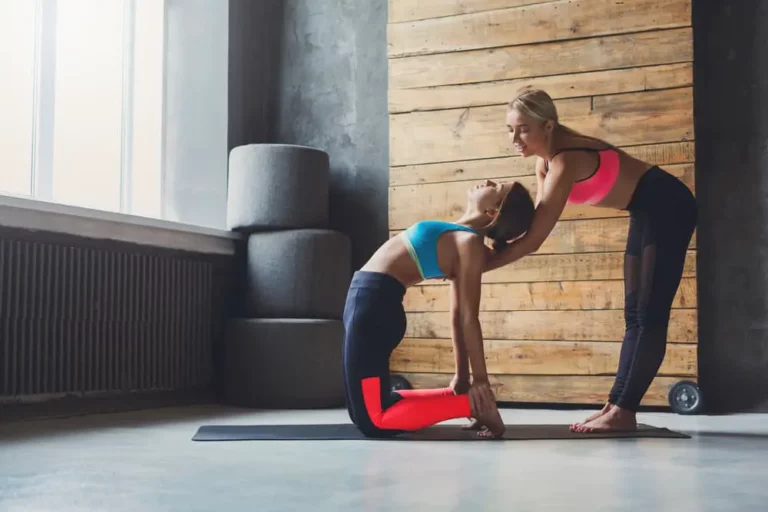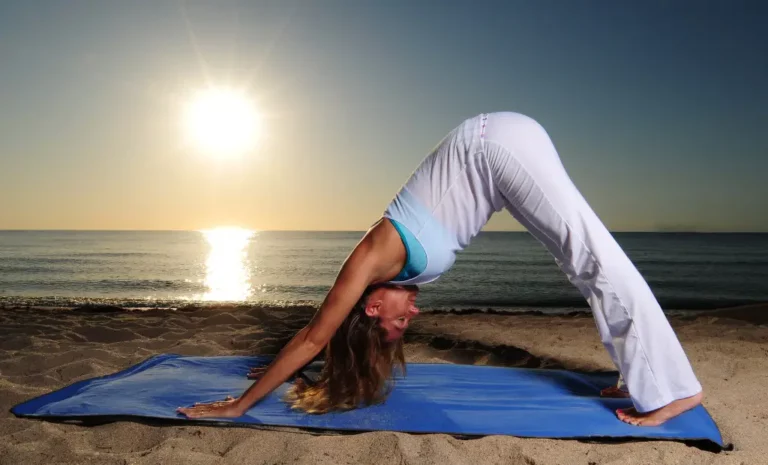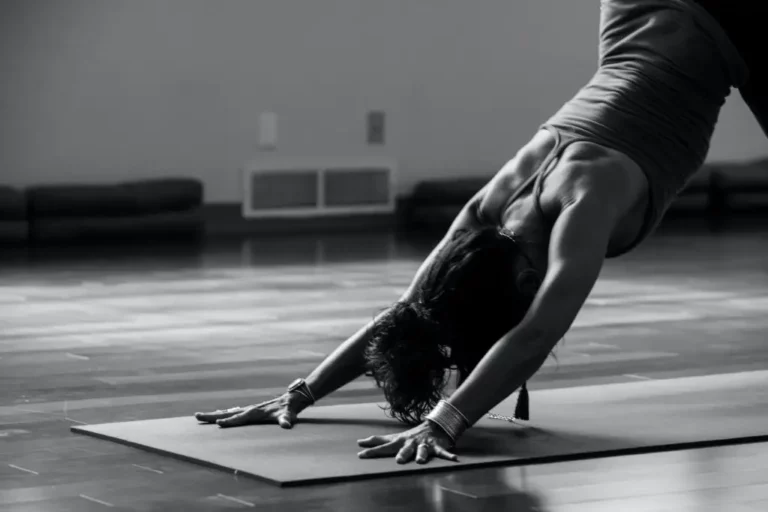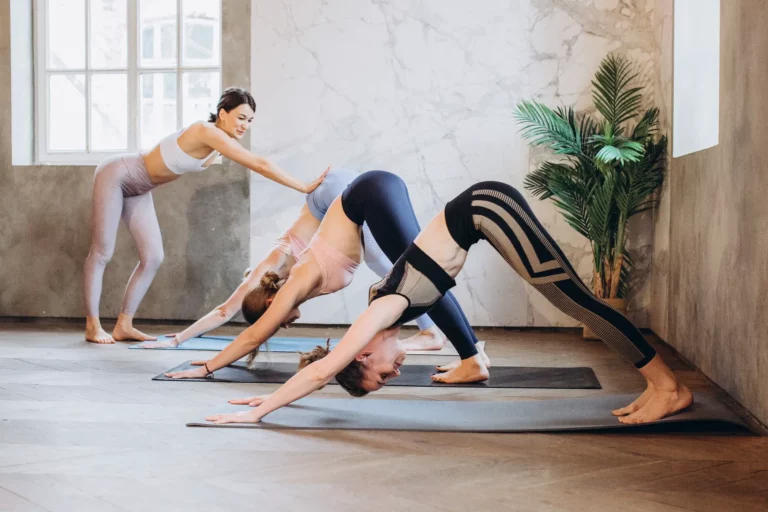Yoga Before or After a Massage? What You Need to Know
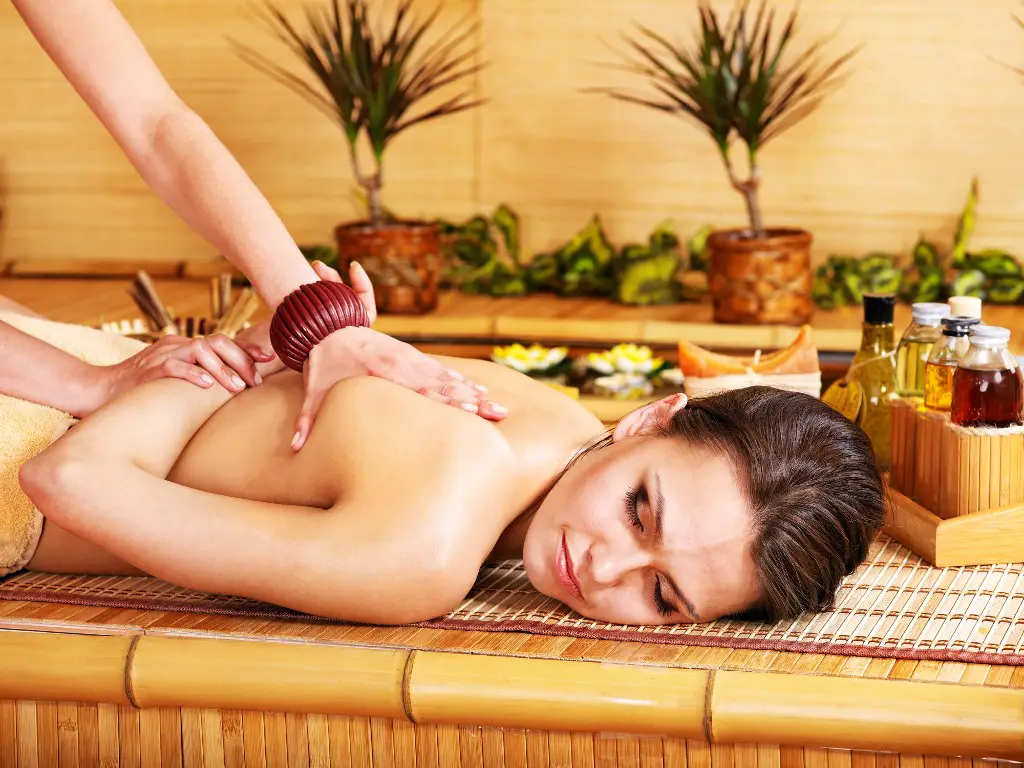
There is nothing that relieves the aches and pains of an intense vinyasa yoga class like a full body massage. Just like the yoga session revitalizes the mind, the massage helps to revitalize the body. However, although the two seem to complement each other, it did beg the question should I have a massage before or after my yoga session.
Yoga can be practiced before or after a massage. The benefits of yoga before a massage are reduced lactic acid, increased circulation, and lymphatic drainage. A massage before yoga is advantageous as it expands your yoga stretches, amplifies asanas, and relieves tension that restricts joint mobility.
There’s no doubt that combining yoga and massages is enormously beneficial, no matter which combination you choose.
I have realized that there are several important factors to consider if you want to gain the optimal benefits from this potent blend of yoga and massage.
Can you do yoga after a massage?
Yoga after a full-body or a myofascial release massage can be highly advantageous. In fact, massage therapists typically advise their clients to integrate the structural release work gained from their massage with a form of exercise following the massage. Yoga fits that exercise recommendation perfectly.
Massages are highly beneficial precursors to yoga as they:
- foster deeper breathing
- improve circulation
- aid muscle weakness awareness
- decrease yoga injuries
- relieve muscle tension and pain
- improve balance and alignment
It is imperative to sustain the deepened state of relaxation gained from a massage by doing gentle exercises like meditative yin yoga or restorative yoga, which focuses on enhancing a connection between the mind and body.
Importantly, avoid practicing vigorous forms of exercise like ashtanga or vinyasa yoga that require intense, physically challenging poses that interfere with the alignment work done during a therapeutic massage.
The 5 blissful benefits of having a massage after yoga
Nothing beats the Zen-like bliss and profound level of the tranquility of a massage following a physically challenging power yoga session. It certainly feels like my idea of heaven, and to be brutally honest, the prospect of a vigorous workout following that heightened state of serenity does not appeal to me.
Here are the five blissful benefits of having a massage after yoga:
- Reduced pain: yoga is a great precursor to a massage as your muscles will be warmed up to such an extent that your massage therapist can work on a deeper level and minimize pain by default.
- Released tension: while it is undoubtedly true that yoga is deeply relaxing, there are always tense areas in your body that cannot be adequately relieved during your yoga practice. The massage therapist can release those painful areas, which lead to a heightened sense of relaxation.
- Sleep like a baby: the added advantage of combining yoga with massages is that they vastly improve your sleep quality, an essential aspect of mental and physical well-being.
- Induced calm: a massage followed by yoga will help you to prolong your Zenlike tranquillity and calm state of mind for the remainder of your day.
- Enhanced self-care: since yoga and massages share numerous advantageous qualities that improve your general sense of well-being, this combination is emblematic of greater self-care.
Related questions
Which forms of yoga should I practice before a massage?
The overriding benefit of practicing yoga before having a massage is that you have a wide variety of exercise options to choose from. The advantage of this approach is that you can practice a challenging form of yoga, like power yoga. Although you know there is a massage coming after your yoga session, still pay attention to what your body is telling you and exercise within your limits.
Great pre-massage yoga options:
- Hatha yoga (force in Sanskrit) focuses on controlled breathing and postures to relieve physical, spiritual, and environmental pain.
- Ashtanga vinyasa yoga makes use of flowing movements that increase strength and flexibility, and by default, balance, coordination, and one’s ability to mindfully focus.
- Iyengar yoga incorporates an emphasis on maintaining precision in yoga poses to improve physical alignment. Unlike other forms of yoga, it is standard practice to utilize aids like blocks, belts, and blankets to practice asanas.
- Bikram yoga comprises 26 asanas practiced in a room where temperatures are raised to 105 degrees Fahrenheit.
Which massage treatment should I choose after Yoga?
With up to 80 massage options to choose from, deciding on a specific form of massage after yoga can be tricky to do. However, the following list of massage styles should make that decision a little easier.
You can select a type of massage that addresses your specific needs, whether prenatal care for expectant moms or healing those pesky headaches.
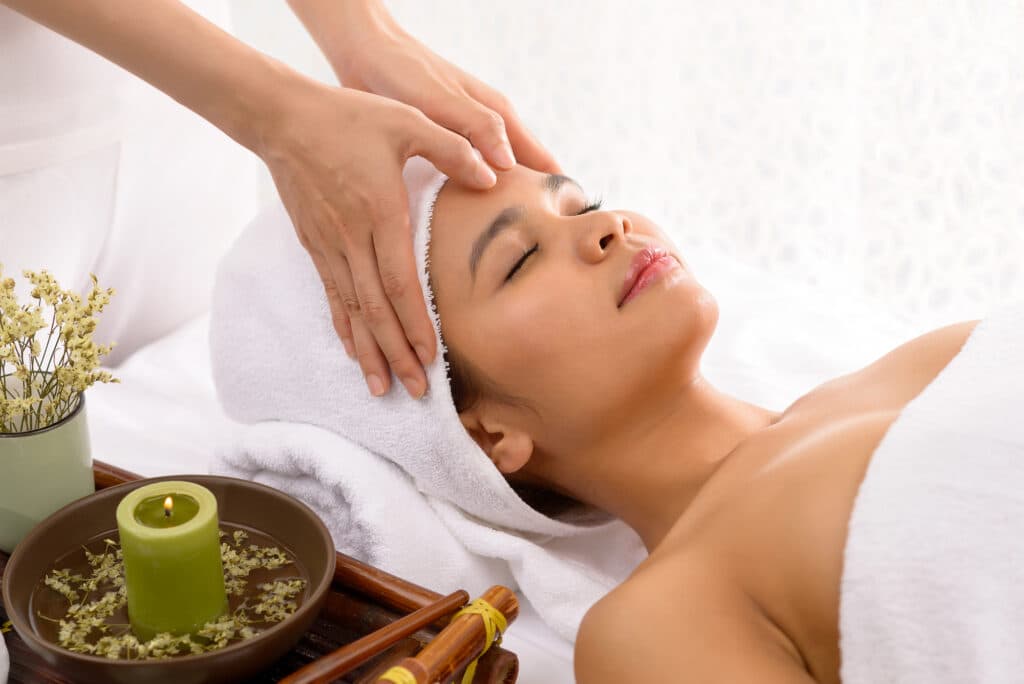
Post Yoga Massage options
Swedish Massages
Also known as classic massages, they use gentle kneading strokes and soft tapping massage techniques, focusing on the top parts of your muscles, leading to a heightened sense of relaxation and feeling energized. It is also helpful if you are recovering from a yoga injury.
Deep Tissue Massages
Deep tissue massages are a form of massage if you have specific areas in your body that are painful. The massage therapist uses measured strokes to apply pressure in particular areas that penetrate deep under your skin. It’s highly suited for yogis who suffer from chronic pain or need to recover from a back injury.
Chair Massage
A chair massage is a wonderful option if you are pressed for time and need a quick neck, head, and back massage without having to deal with messy essential oils.
Sports Massage
Sports massages were developed with a view to helping athletes during their training sessions. It improves flexibility, relieves muscle strains, and is suited to people who need to recover from an injury.
Shiatsu Massage
Shiatsu therapists work on acupressure points in the body to improve its chi or vital energy flows.
Thai Massage
Thai massage therapists also use acupressure, but they also physically move their clients into several positions to compress their muscles and mobilize their joints.
Lymphatic Drainage Massage
Using the Lymphatic draining method, therapists use light massage strokes to increase the circulation of lymph fluids throughout the body to flush out toxins and viruses.
Hot Stone Massage
Warmed stones are placed on acupressure points through the body. The soothing heat from the stones penetrates deep into the skin.
Reflexology
Reflexologists stimulate areas in your feet connected to various parts of your body and can improve your overall health.
Pregnancy Massage
This form of massage improves the health and well-being of pregnant women by reducing their stress levels, decreasing joint pain and swelling in the body.
What should I do before and after my massage?
Before your massage
The best way to truly reap the rewards of a therapeutic massage, is to take the following precautions before your massage session:
- Drink lots of water: stay hydrated, especially if you choose to practice yoga prior to your massage.
- Clothing: Wear loose, comfortable clothing to limit constriction and limit the risk of getting messy massage oil stains on your garments.
- Sunbathing: avoid potential sunburna day before your massage if you want to have a more pleasant massage experience.
- Showers: don’t have ahot shower just before your massage as it will result in an uncomfortable session (warm showers a few hours earlier are perfectly fine)
- Feeling ill: postpone your massage if you feel sick or have a skin condition, as the massage could potentially spread infection throughout your body.
After your massage
- Eat: massages enhance the body’s circulatory system and, by default, your digestive system, which necessitates having a light, nutritious meal.
- Drink: avoid drinking stimulants like caffeine, stick to drinking water or refreshing herbal teas that flush out any remaining toxins.
- Rest: as much as you can following a massage, read a book, have a nap, whatever it takes to retain the great benefits of a massage.
- Bath: finish your blissful day with an indulgently warm, Epsom salts bath session if your massage therapist advised it. You can thank me later!
Conclusion
The way in which yoga and massages complement each other is a beautiful dance between the spiritual mindfulness of yoga and the physical stress release gained from a life-affirming body massage.
The beauty of combining yoga with a massage is that you can tailor-make a combination that meets your bespoke needs.
Focusing on your mental, physical and spiritual well-being is the most significant investment you can make in sustained self-care.
